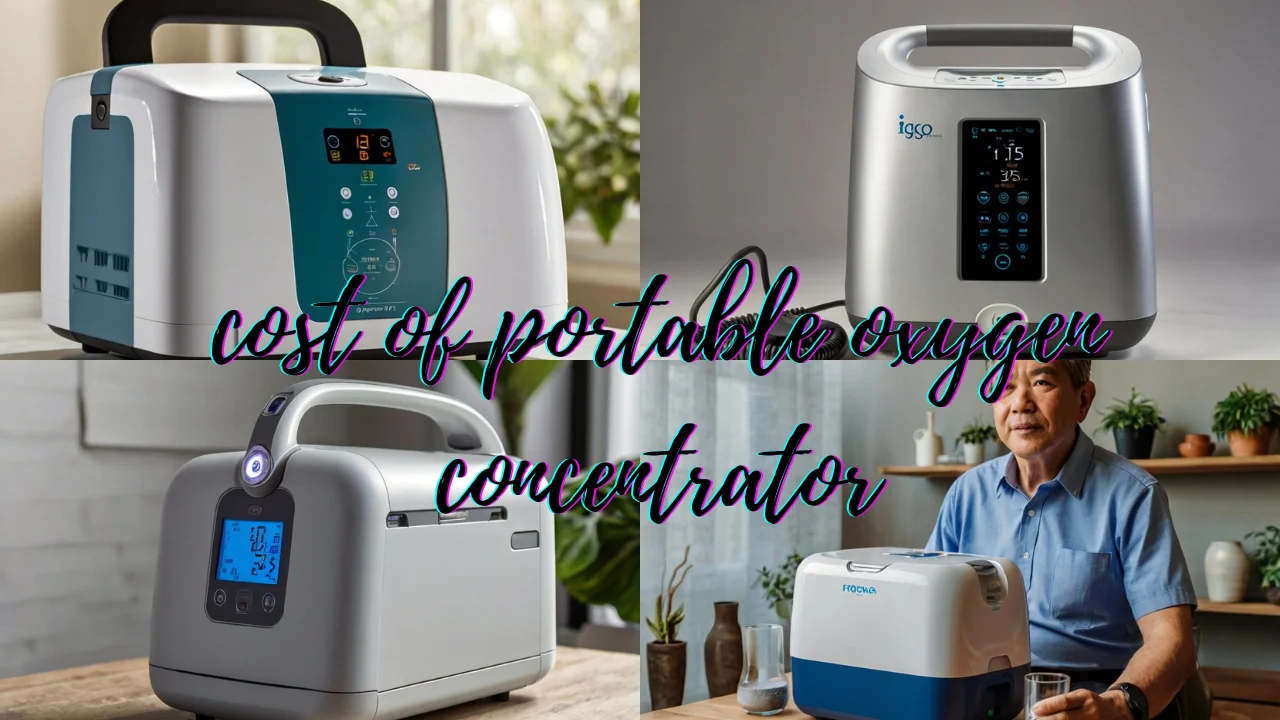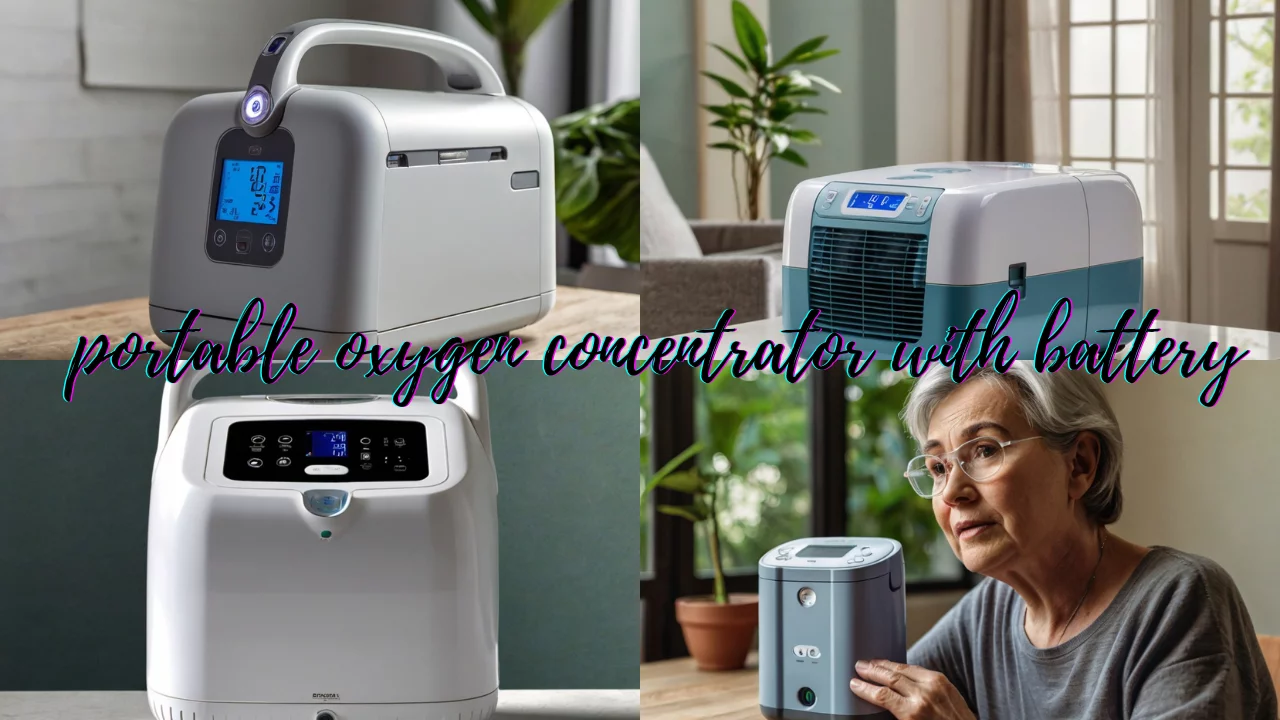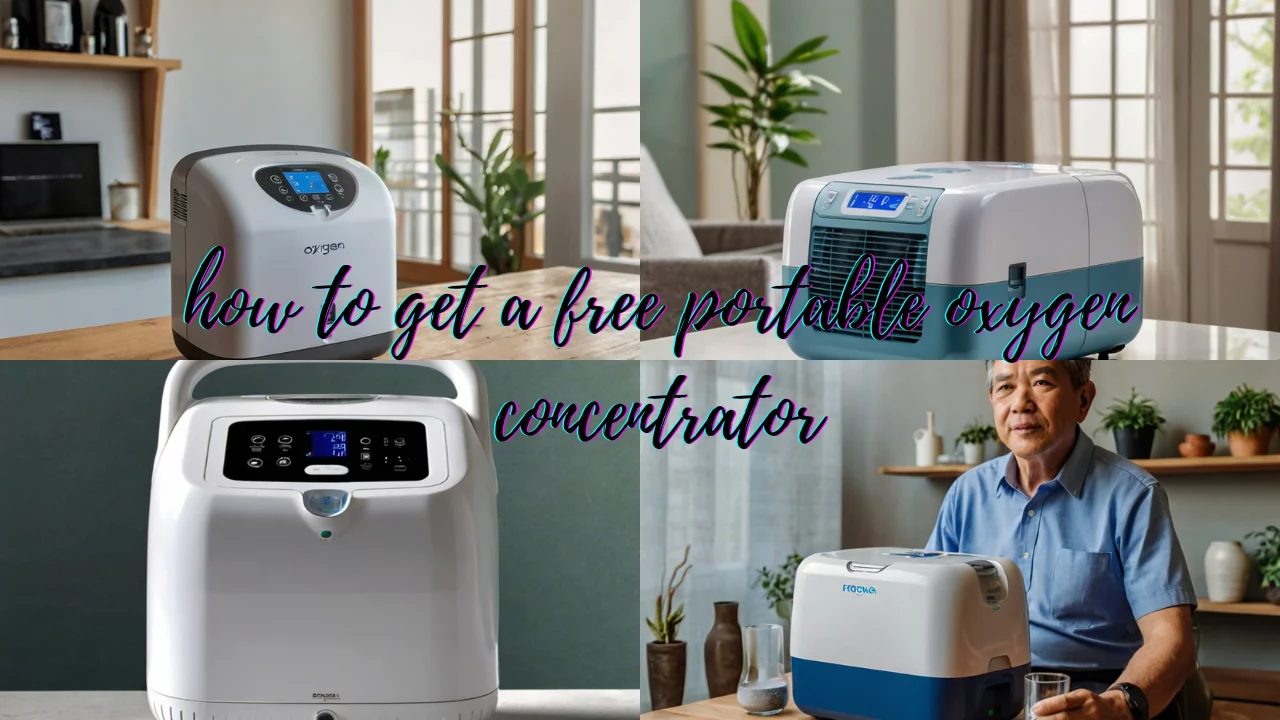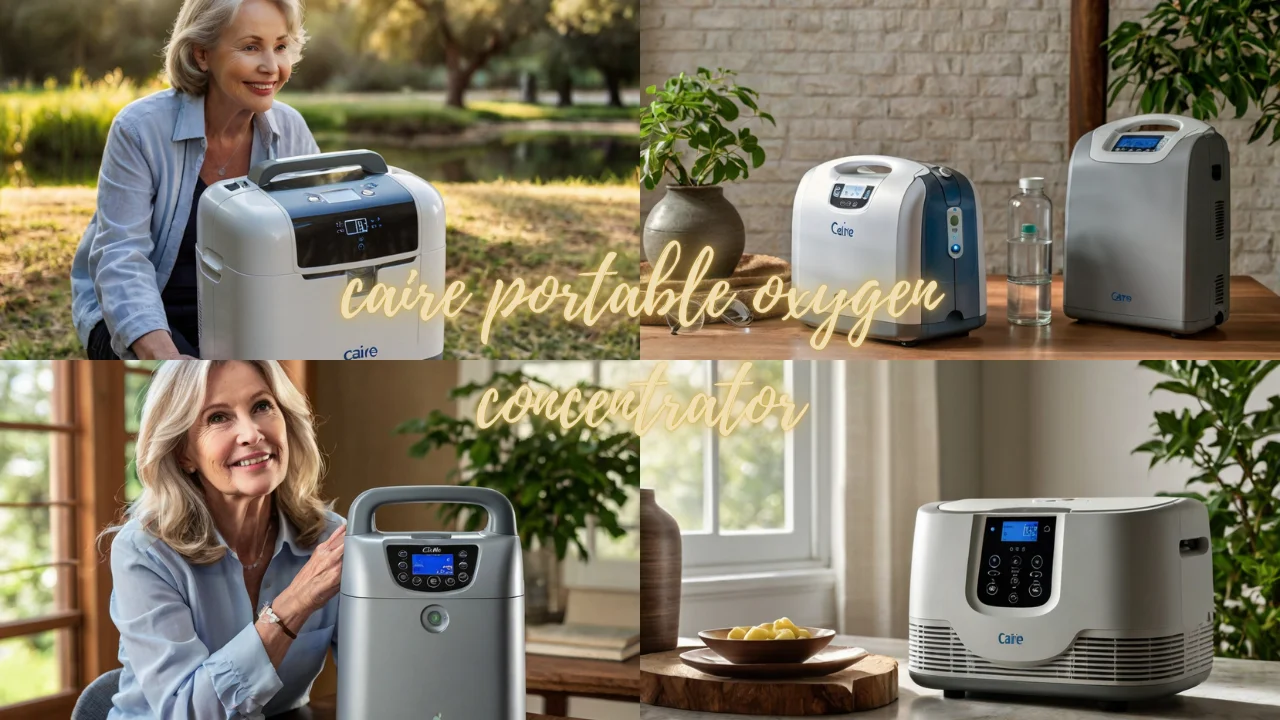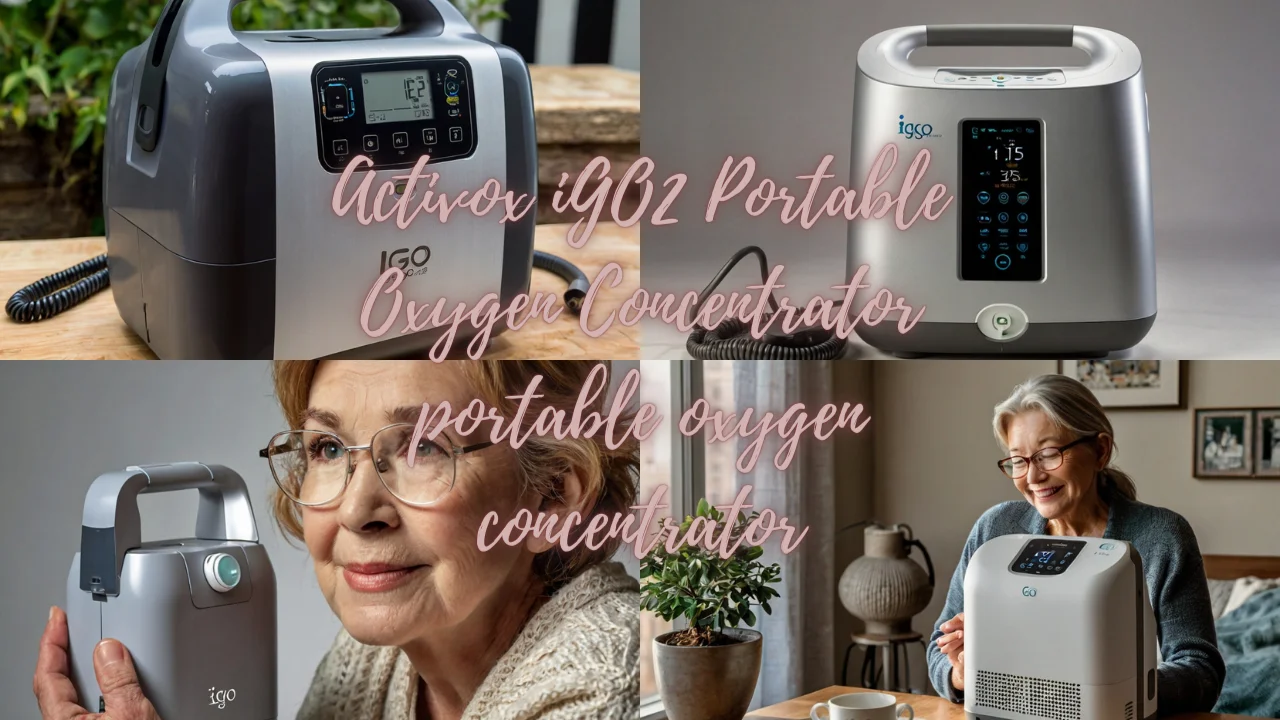Making portable oxygen concentrators that the FAA approves available has changed everything for people with breathing problems who like to be busy or travel. These small, flexible gadgets give people a new sense of freedom by letting them keep up their respiratory therapy on the go, even on flights.
Are you a frequent traveler needing a reliable portable oxygen concentrator that meets FAA regulations? Look no further! This comprehensive guide will explore everything you need about FAA-approved portable oxygen concentrators.
Understanding FAA Regulations
Regarding air travel, the Federal Aviation Administration (FAA) has strict guidelines, especially concerning medical equipment like oxygen concentrators. FAA-approved portable oxygen concentrators ensure a hassle-free and safe journey for individuals with respiratory conditions.
Why Choose an FAA-Approved Portable Oxygen Concentrator?
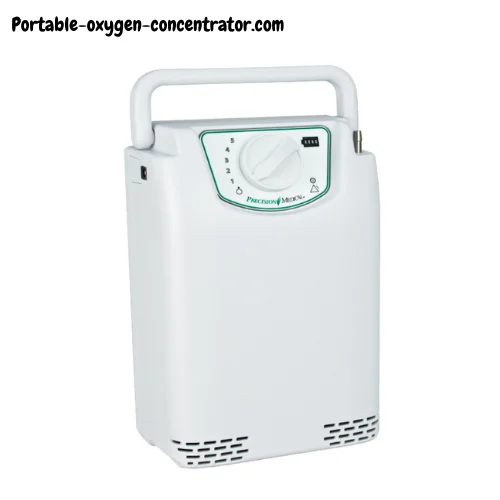

Portable oxygen concentrators that the FAA allows make flying so much easier. These devices are small, light, and easy to carry, so people who need extra oxygen can have freedom and peace of mind.
If you’re searching for a reliable portable oxygen concentrator that meets FAA regulations, consider the following models known for their quality, performance, and FAA approval.
Top FAA-Approved Portable Oxygen Concentrator Models
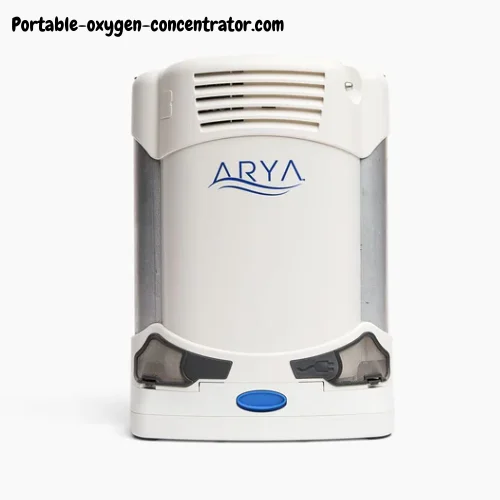

Inogen One G5
- Key Features:
- Compact and lightweight design
- Long battery life for extended use
- FAA approved for in-flight use
Respironics SimplyGo Mini
- Key Features:
- Portable and easy to carry
- Versatile with continuous and pulse flow settings
- Complies with FAA regulations for air travel
AirSep Focus
- Key Features:
- Ultra-lightweight for maximum portability
- FAA approved for use on commercial flights
- Designed for active lifestyles
OxyGo NEXT
- Key Features:
- User-friendly touchscreen interface
- FAA-compliant for use during air travel
- Durable and reliable performance
Philips SimplyGo
- Key Features:
- Continuous and pulse flow settings
- Approved by the FAA for in-flight use
- Robust and reliable construction
SeQual Eclipse 5
- Key Features:
- Versatile with constant and pulse flow options
- FAA approved for use on commercial airlines
- Equipped with advanced technology for user convenience
Devilbiss iGo2
- Key Features:
- Compact and lightweight design
- Meets FAA requirements for air travel
- User-friendly controls for easy operation
Caire FreeStyle Comfort
- Key Features:
- Quiet operation for discreet use
- FAA approved for use during flights
- Comfortable and adjustable settings
Invacare Platinum Mobile Oxygen Concentrator
- Key Features:
- Sleek and modern design
- FAA-compliant for in-flight use
- Intuitive controls for hassle-free operation
Precision Medical EasyPulse POC
- Key Features:
- Lightweight and easy to carry
- Meets FAA guidelines for air travel
- Reliable performance for on-the-go users
Features to Look for in FAA-Approved Models
Size and Weight
- Ensure the concentrator is compact and lightweight for easy portability.
Battery Life
- Choose types with more extended battery lives to last the whole flight.
Noise Level
Consider quieter models to avoid disruption during use.
FAA Approval Label
- Always check for the FAA approval label on the device.
Ensuring a Smooth Journey
Now that you’ve chosen the perfect FAA-approved portable oxygen concentrator let’s explore some essential tips for traveling with it. Ensuring a smooth journey involves proper preparation and adherence to airline policies.
Inform the Airline in Advance
- It’s crucial to inform the airline about your need for a portable oxygen concentrator at least 48 hours before your flight. Airlines appreciate advanced notice to make necessary arrangements.
Carry Necessary Documentation
- Always carry a copy of your FAA approval letter, a prescription for oxygen therapy, and any other required medical documents. This ensures you have the necessary paperwork if requested.
Check Battery Regulations
- Familiarize yourself with the airline’s rules regarding batteries. Most FAA-approved portable oxygen concentrators use lithium batteries, and airlines have specific guidelines for carrying them on board.
Arrive Early at the Airport
- Arriving early allows you extra time for security checks and ensures a stress-free boarding process. Inform security personnel about your oxygen concentrator before going through screening.
User Reviews and Recommendations
Reading reviews from other users is a great way to find out how FAA-approved portable oxygen concentrators work in real life. Users often talk about their experiences with specific models, such as how long the battery lasts, how loud it is, and how satisfied they are with it. You might find helpful information on internet forums and websites that review products.
Future Trends in Portable Oxygen Concentrators
Portable oxygen concentrators keep getting better as technology does. Remember to keep up with the newest market trends and inventions. Manufacturers try to make batteries last longer, devices lighter, and the general user experience better.
Smart Connectivity
- Look out for models with intelligent connectivity features, allowing you to monitor and control your portable oxygen concentrator through a mobile app.
Improved Battery Technology
- The future may bring advancements in battery technology, offering longer-lasting and more efficient power sources for portable oxygen concentrators.
Compact Design Innovations
- Manufacturers may develop even more compact and lightweight designs without compromising performance.
Frequently Asked Questions (FAQs)
Q1: Are all portable oxygen concentrators FAA-approved?
- A: No, not all are approved. Check for the FAA approval label before purchasing.
Q2: Can I bring my FAA-approved concentrator on international flights?
- A: It depends on the airline and destination. Always check with the airline in advance.
Q3: How do I know if my concentrator meets FAA regulations?
- A: Look for the FAA approval label and consult the device’s user manual.
Q4: Are FAA-approved concentrators allowed during takeoff and landing?
- A: Yes, most airlines permit their use throughout the flight.
Q5: Do I need to notify the airline about my concentrator?
- A: It’s advisable to inform the airline and carry the necessary documentation.
Q6: Can I use my concentrator on a cruise ship?
- A: Cruise ship policies vary; check with the cruise line for specific guidelines.
Q7: What is the lifespan of FAA-approved portable oxygen concentrators?
- A: The lifespan varies, but most concentrators last several years with proper maintenance.
Q8: Does insurance cover FAA-approved concentrators?
- A: Some insurance plans to cover the cost; check with your provider for details.
Q9: Can I rent FAA-approved portable oxygen concentrators?
- A: Yes, many companies offer rental options for travelers.
Q10: How do I clean and maintain my FAA-approved concentrator?
- A: Follow the manufacturer’s guidelines provided in the user manual.



